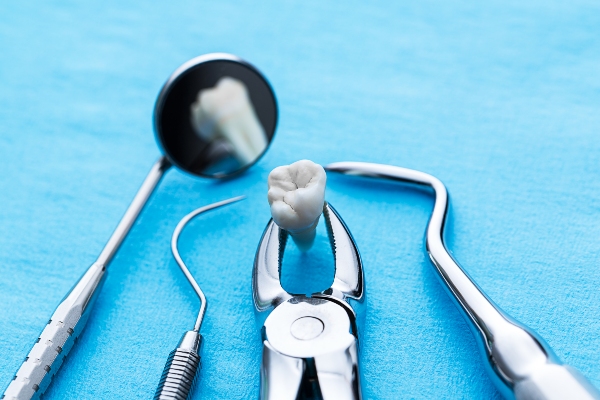 Dental fillings restore teeth affected by decay and fractures, among other types of damage. There are two types of fillings to choose from: direct and indirect. Exploring the differences between these options highlights their unique advantages and how they contribute to improved oral health.
Dental fillings restore teeth affected by decay and fractures, among other types of damage. There are two types of fillings to choose from: direct and indirect. Exploring the differences between these options highlights their unique advantages and how they contribute to improved oral health.
An overview of direct and indirect dental fillings
Direct and indirect fillings differ in their application and materials used. A general dentist will recommend a type after assessing the problem tooth. For example, the severity of the damage and which part of the tooth it is affecting influence the dentist’s recommendation. Explore these different types of fillings and when they are recommended below.
Direct fillings
Direct fillings are applied directly into the cavity during a single dental visit. This option is ideal for minor to moderate issues like cavities or small fractures. Fillings with composite resin, silver amalgam, or glass ionomer provide durability and functionality. The general dentist will shape direct fillings and harden them within the tooth, creating a seamless restoration that helps maintain the entire tooth’s structure and appearance.
Indirect fillings
In contrast, indirect fillings have a more intricate design. These are common for larger areas of damage or when the tooth requires additional strength and protection. Unlike direct fillings, indirect fillings are fabricated outside the mouth, usually in a dental lab. They are designed based on precise impressions of the affected tooth.
Indirect fillings require at least two appointments to complete. During the first visit, the general dentist prepares and takes impressions of the tooth. They may place a temporary filling. The second visit occurs when the permanent filling is ready; the dentist will bond it to the tooth.
Benefits of direct and indirect dental fillings
Both direct and indirect dental fillings have their own advantages that contribute to improved oral health. Direct fillings are cost-effective, quick, and minimally invasive, making them a practical solution for addressing minor dental issues. These restorations allow for efficient treatment while preserving the natural structure of the tooth. With advancements in dental materials, direct fillings are now more durable and resistant to wear than ever before.
On the other hand, indirect fillings provide long-term benefits. Their precise fabrication ensures a perfect fit, reducing the likelihood of gaps or improper alignment. These restorations are crafted from high-quality materials such as porcelain, gold, or composite resin, offering excellent durability and resistance to wear. Indirect fillings also protect the tooth from further damage by covering larger areas and redistributing chewing forces more evenly.
Consult a dentist about dental fillings
While direct dental fillings provide a quick and effective solution for minor issues, indirect dental fillings offer strength and durability for more extensive damage. Both options can effectively restore oral health, function, and appearance. A general dentist can assess the damaged tooth and recommend which option would be best. Contact our New York team today to schedule an appointment and learn more today.
Request an appointment or call M.Y. Dental Spa at 212-786-5757 for an appointment in our New York office.
Related Posts
A dental filling is a simple yet essential solution for addressing cavities and restoring a tooth's natural structure. Treating decay early with a filling allows patients to preserve their teeth, avoid more extensive procedures, and maintain long-term oral health. This effective treatment not only repairs damage but also prevents further complications that could lead to…
Your general dentist can perform a dental filling treatment on a tooth with mild to moderate decay. The process involves elements that the dentist must follow. The goal is to provide you with a new smile. Here is a provider’s guide to getting a lasting dental filling.Clinical studies show that sensitivity develops when a cavity…
Dental fillings are one of the most common treatments provided by general dentists. They can restore teeth affected by decay, returning the smile’s full function and appearance. For those new to the process, understanding what to expect can help make the experience smoother and less daunting.Dental fillings repair teeth damaged by cavities or minor fractures.…






